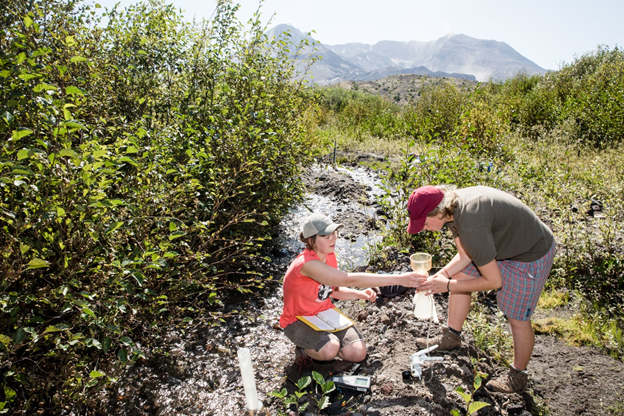
Following the largest landslide recorded in history- our team examined open and closed canopy differences along the five new watersheds! Looking at 10 paired sites along Camp Creek, Geo-West Creek, Clear Creek, Forsyth Creek and Redrock Creek we found some pretty interesting stuff!

From July 2018 to May 2019 we were able to measure temperature patterns throughout wet and dry periods. As well as other physio-chemical measurements, algal community structure, macroinvertebrate community structure, and organic matter processing using canvas strips- but what’s so interesting?

Macroinvertebrates were different among the streams! Algal communities also showed differences among streams and were influenced by DO and conductivity. Remember the canvas strips? They also showed differences in processing rates among the open and closed canopy sites and across streams!

